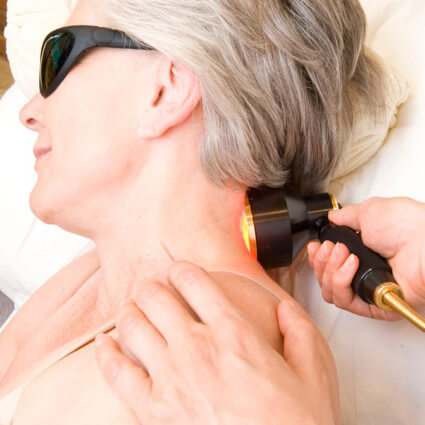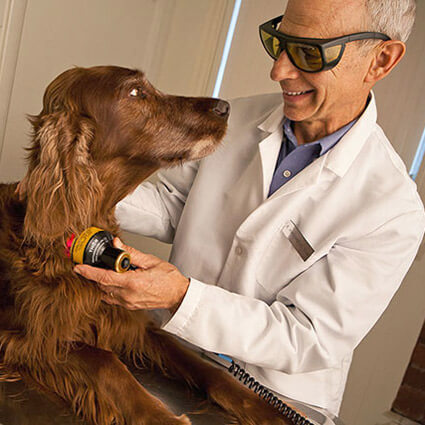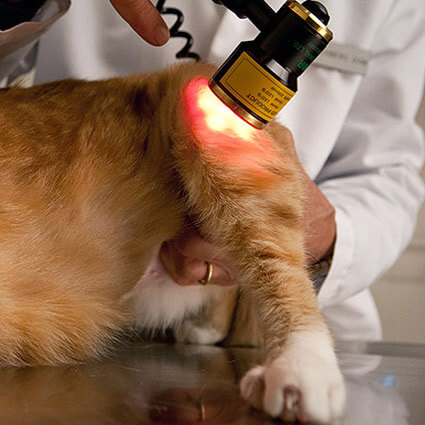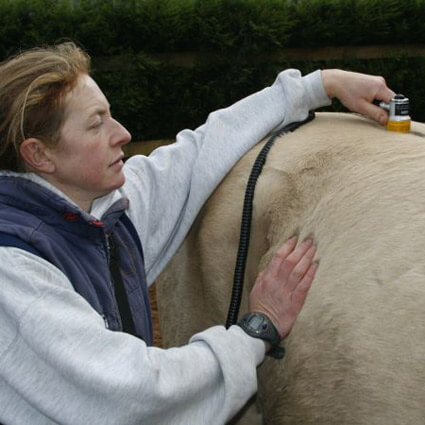
A Scientific and Therapeutic Deep Dive
Photobiomodulation therapy (PBMT), formerly known as Low-Level Laser Therapy (LLLT), is emerging as a cornerstone in modern musculoskeletal and neurological rehabilitation. Despite its strong scientific backing, the term “red light therapy” often misrepresents its depth—oversimplifying what is in fact a highly precise and biophysically grounded treatment.
How PBMT Works: At the Cellular Level
PBMT is a non-thermal, non-ionising therapy that uses red (around 660 nm) and near-infrared (typically 810-850 nm) light to stimulate beneficial biological responses. It works by targeting intracellular chromophores, the most studied of which is cytochrome c oxidase (CCO)—a key enzyme in mitochondrial respiration.
The Role of Nitric Oxide and Mitochondrial Rescue
Under stress or inflammation, nitric oxide (NO) competes with oxygen for binding sites on CCO, temporarily inhibiting the production of ATP (adenosine triphosphate). PBMT enhances the dissociation of NO from CCO, allowing oxygen to rebind and resume normal mitochondrial function. This restoration of mitochondrial efficiency promotes:
- Reduced inflammation
- Enhanced tissue repair
- Improved cellular energy metabolism
This mechanism is particularly relevant in ageing or chronically inflamed tissues where mitochondrial dysfunction is common.
Why Red and Near-Infrared Light?
PBMT operates within the optical window (600-950 nm)—a range of light wavelengths that penetrate human/animal tissue most effectively, avoiding excessive absorption by haemoglobin (found in red blood cells) and water.
- Red light (~660 nm): Best for superficial structures like skin or mucosa
- Near-infrared (~810-850 nm): Penetrates deeper into muscles, joints, and nerves



Dose Matters: Understanding the Biphasic Dose Response
Photobiomodulation follows a biphasic dose-response curve. This means that the therapeutic effect of light depends heavily on delivering the right amount of energy—not too little, and not too much.
If the light energy is too low, there will be no biological response. A good example would be wrapping a string of red-coloured Christmas tree lights around your body. While it may look impressive, the energy output is far too weak to penetrate the skin or affect the cells in any meaningful way.
On the other hand, too much light energy can overwhelm cells, inhibit their function, or even create mild thermal stress. If a light source becomes uncomfortably hot to the touch, or cannot be held against the skin for more than a few seconds, it’s likely delivering energy levels that are excessive and potentially counterproductive for PBMT.
This is precisely why most consumer-grade red light devices are ineffective for clinical treatment. They typically lack both the power and precision to deliver therapeutic doses to deeper tissues, and rarely allow for accurate control of dosage or wavelength.
For optimal results, clinical-grade PBMT systems are carefully calibrated to deliver light within a specific therapeutic window—enough to trigger beneficial cellular responses, without overstimulating or overheating the tissue.
Regulatory Credentials and Clinical Relevance
At our UK-based chiropractic clinic, we utilise medical-grade PBMT system that is medical CE-marked for treatment of:
- Oral mucositis
- Tendinopathies
- Joint pain
- Neck and back pain
It is also FDA-cleared in the United States for:
- Temporary increase in local blood circulation
- Relief of minor muscle and joint aches, pain, stiffness, and muscle spasms
- Management of minor pain and stiffness associated with arthritis
These regulatory approvals underscore the therapy’s safety and efficacy for a wide range of clinical applications.
